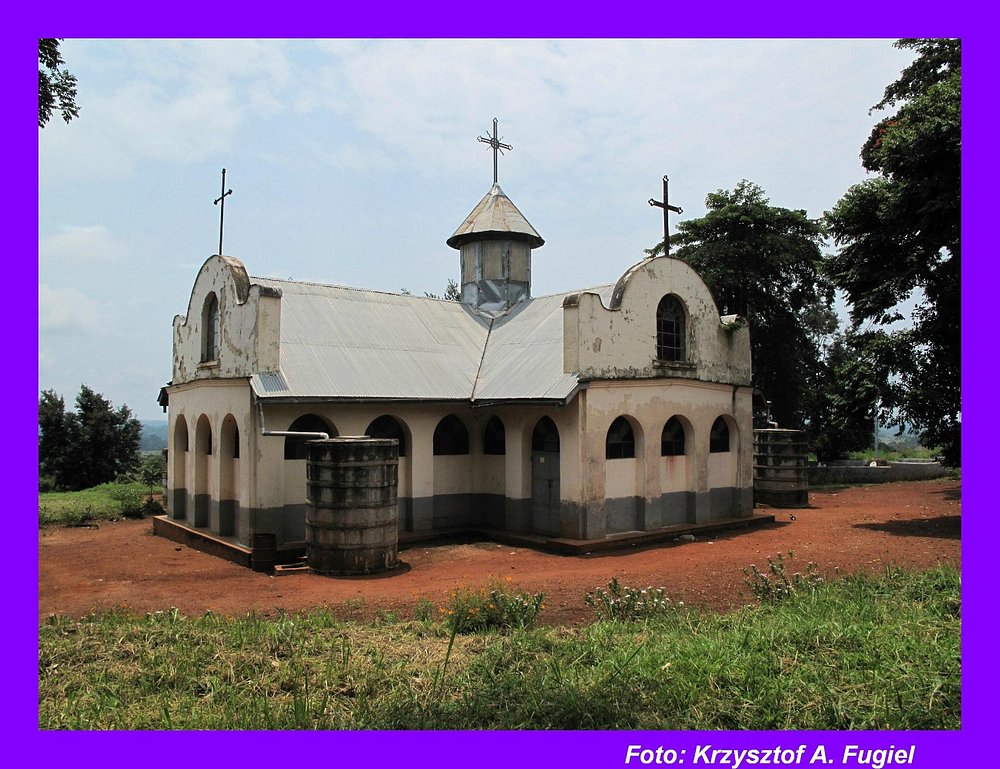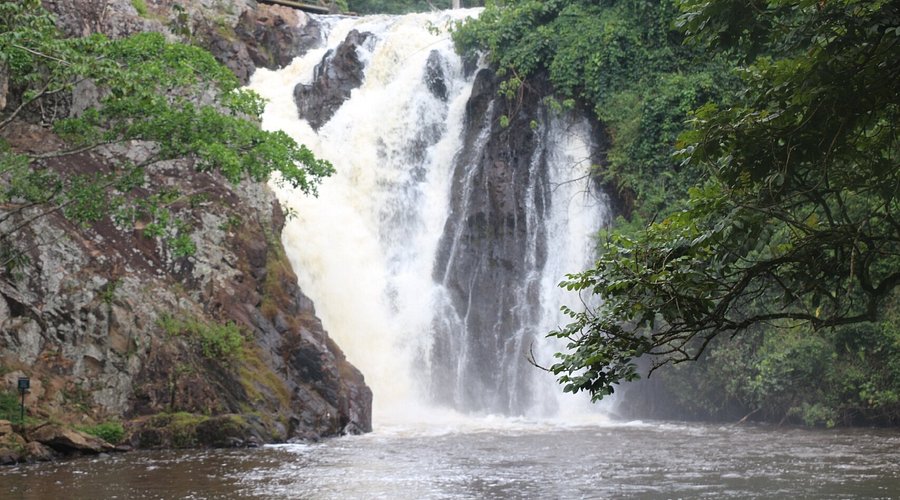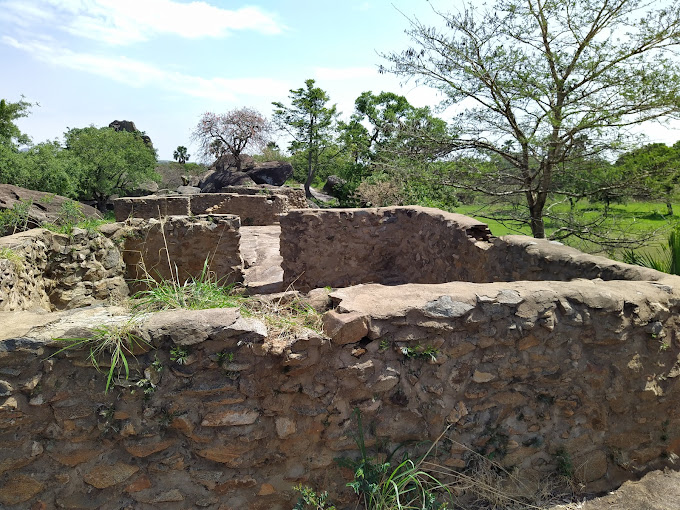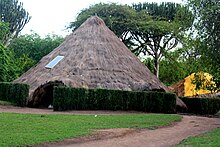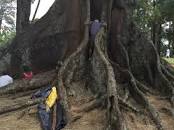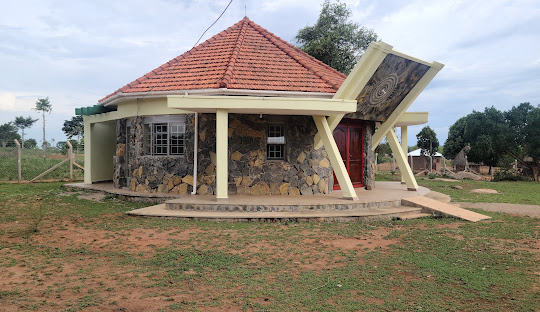Saint Mary’s Cathedral Rubaga, commonly referred to as Rubaga Cathedral, is the parent cathedral of the Roman Catholic Archdiocese of Kampala, the oldest Roman Catholic diocese in Uganda. It is the home church of Archbishop of Kampala.
The Roman Catholic Church in Uganda is part of the worldwide Roman Catholic Church, under the spiritual leadership of the Pope in Rome. There are an estimated 13,406,764 million Catholics – about 39.3% of the total population of Uganda. The Roman Catholic Church in Uganda is comprised of four Ecclesiastical Provinces:
- Kampala Ecclesiastical Province comprised of Kampala Archdiocese and the Dioceses of Kasana-Luweero, Kiyinda-Mityana, Lugazi and Masaka.
- Gulu Ecclesiastical Province comprised of Gulu Archdiocese and the Dioceses of Arua, Lira and Nebbi.
- Mbarara Ecclesiastical Province comprised of Mbarara Archdiocese and the Dioceses of Fort-Portal, Hoima, Kabale, Kasese.
- Tororo Ecclesiastical Province comprised of Tororo Archdiocese and the Dioceses of Jinja, Kotido, Moroto and Soroti.
The present Archdiocese of Kampala is the result of territorial changes. In 1883, the Vicariate Apostolic of Victorian Nyanza was established by the Holy See and was entrusted to the Missionaries of Africa, commonly known as the White Fathers. The White Fathers were founded by Cardinal Charles Martial Allemande Lavigerie (1825-1892) who was Archbishop of Algiers and Carthage, and Primate of Africa. When the Catholic White Fathers came to Uganda in 1879, they were allocated land near Lubaga Hill. In 1889, the reigning monarch, Mwanga II of Buganda, donated them land on Lubaga Hill itself where they built Saint Mary’s Cathedral, Lubaga beginning in 1914 until 1925, with the assistance of monetary contributions from Roman Catholic congregations abroad. The early missionaries had problems pronouncing the word Lubaga. They instead pronounced it with an ‘r’ as in ‘Rubaga’. Rubaga then became the seat of the Bishop.
On July 13, 1894, the Holy See erected the Upper Nile Vicariate dividing it from Victoria Nyanza Vicariate and entrusted it to the Mill Hill Missionaries. Nsambya became the seat of the Bishop of that Vicariate. The name of Victoria Nyanza Vicariate was also changed to Vicariate Apostolic of Northern Victoria Nyanza. After the erection of Vicariates in territories beyond the Nile on the southern side, the name of Northern Victoria Nyanza Vicariate was changed to the Vicariate of Uganda on January 15, 1915. On June 10, 1948, the name of Upper Nile Vicariate was also changed to the Vicariate of Kampala which later became the Diocese of Kampala in 1953.
The Catholic Hierarchy in Uganda was established on March 25, 1953 and the Vicariates of Uganda became the dioceses of Uganda. Rubaga became an Archdiocese with 5 suffragan dioceses, namely: Gulu, Masaka, Kampala, Mbarara, and Tororo. The first Archbishop of the Archdiocese of Rubaga was Archbishop Louis Joseph Cabana WF (1947-1960) who died in retirement in 1981. He was succeeded by Archbishop Dr. Joseph Kiwanuka (1960-1965).
On August 5, 1966, the Holy See joined together a section of the Diocese of Kampala and the Archdiocese of Rubaga to create the Archdiocese of Kampala. It was covering most parts of Central Uganda. Since then, three other new dioceses have been created from Kampala, namely: Kiyinda-Mityana (August 21, 1981), Kasana-Luweero (December 16, 1996) and Lugazi (December 16, 1996). Kampala Archdiocese is seated at a size of 3,644.75 square Km with a total population of about 3, 592,053 people. It consists of 77 parishes.

